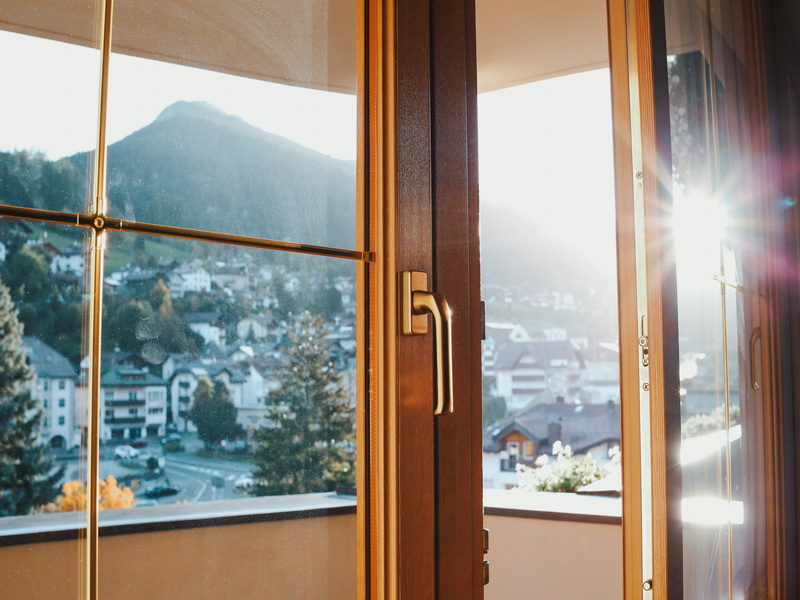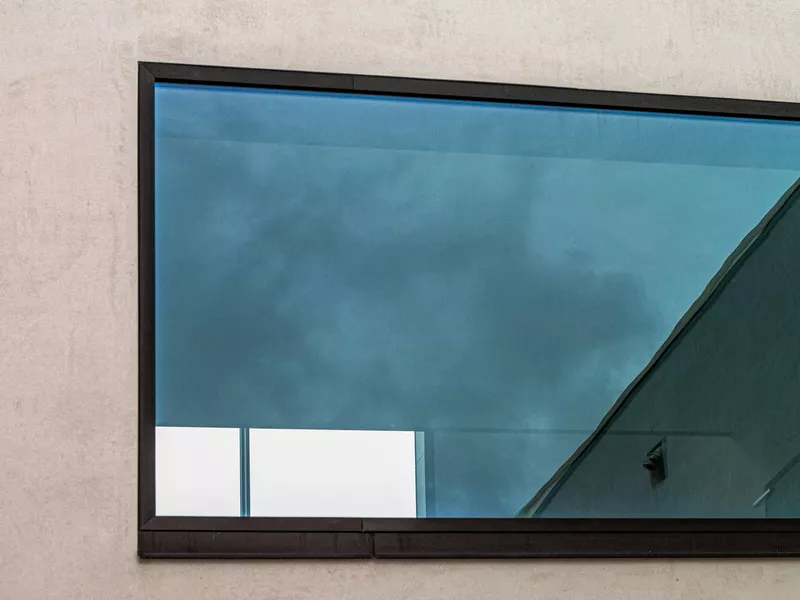English 




Views: 222 Author: Astin Publish Time: 2025-02-04 Origin: Site



Content Menu
● Understanding Aluminum Sliding Windows
● Benefits of Aluminum Sliding Windows
● Step-by-Step Guide to Fabrication
>> Step 1: Gather Materials and Tools
>> Step 2: Measure and Cut Aluminum Profiles
>> Step 3: Drill Holes for Functionality
>> Step 4: Assemble the Frames
>> Step 5: Install Glass Panes
>> Step 6: Attach Sliding Hardware
>> Step 7: Final Quality Checks
>> Step 8: Window Installation
● Advanced Customization and Safety Tips
● FAQ
>> 1. What are the advantages of aluminum over vinyl windows?
>> 2. How do I fix stiff-sliding aluminum windows?
>> 3. Can aluminum windows withstand coastal climates?
>> 4. What is the average lifespan of aluminum sliding windows?
>> 5. Are custom-sized aluminum sliding windows expensive?
Aluminum sliding windows are a popular choice for modern homes due to their durability, low maintenance, and aesthetic appeal. This comprehensive guide will walk you through the entire process of making aluminum sliding windows, from selecting materials to final installation. Whether you are a DIY enthusiast or a professional builder, this article will provide you with the necessary steps and insights to successfully create aluminum sliding windows.

Aluminum sliding windows consist of two or more sashes that slide horizontally along a track. They are designed to maximize natural light and outdoor views while providing easy access to fresh air. The key components include:
- Frames: Structural support for the window.
- Sashes: Movable panels that glide on tracks.
- Glazing: Glass panes that offer insulation and visibility.
Aluminum is favored for its strength-to-weight ratio, corrosion resistance, and minimal maintenance. Modern frames often include thermal breaks to reduce heat transfer, enhancing energy efficiency.
1. Durability: Resistant to rust and extreme weather.
2. Low Maintenance: Easy to clean with soap and water.
3. Design Flexibility: Available in various colors and finishes.
4. Space Efficiency: No outward swing, ideal for compact spaces.
5. Energy Efficiency: Compatible with double-glazed or Low-E glass for improved insulation.
Materials: Aluminum profiles, glass panes (4–6mm), rubber beading, weatherstripping, screws, and sealant.
Tools: Aluminum cutter, drill, crimping machine, measuring tape, and safety gear.
- Measure the window opening accurately.
- Use an aluminum cutting machine to create frame components (jambs, sashes, mullions). Ensure clean, straight cuts to avoid gaps.
- Drainage Holes: Drill at the base of frames to prevent water buildup.
- Hardware Holes: Pre-drill holes for locks, handles, and rollers.
- Corner Crimping: Join 45°-cut corners using a crimping machine for seamless joints.
- Screw Fastening: For added strength, align corners and secure with screws.
1. Clean glass thoroughly to avoid imperfections.
2. Insert rubber beading into frames to cushion the glass.
3. Secure panes with clips or additional beading, ensuring even pressure.
- Install rollers at the base of sashes for smooth movement.
- Position locks and handles at ergonomic heights.
- Test sliding motion to ensure no obstructions.
- Inspect seals and joints; apply weatherstripping to gaps.
1. Clean and level the window opening.
2. Position the frame, secure with screws, and seal edges with caulk.

- Use Low-E glass to reflect heat while allowing light.
- Opt for thermal break frames to minimize conductivity.
- Powder-coat frames in matte, glossy, or metallic finishes.
- Match colors to your home's exterior for a cohesive look.
- Install tempered glass to reduce shattering risks.
- Use multi-point locking systems for enhanced security.
- Clean tracks monthly to prevent debris buildup.
- Lubricate rollers annually with silicone spray.
- Replace worn weatherstripping to maintain insulation.
Creating aluminum sliding windows requires precision in measurement, assembly, and installation. By following these steps, you can craft durable, energy-efficient windows tailored to your home's needs. Whether for a DIY project or professional upgrade, this guide ensures a balance of functionality and style.

Aluminum is stronger, more weather-resistant, and offers a sleeker aesthetic. It also supports larger glass panes due to its structural integrity.
Clean the tracks, remove debris, and apply silicone-based lubricant to rollers. Adjust roller alignment if necessary.
Yes! Aluminum's corrosion resistance makes it ideal for salty, humid environments. Opt for powder-coated finishes for extra protection.
With proper maintenance, aluminum windows can last 30–50 years, far exceeding vinyl or wood alternatives.
Costs vary, but aluminum is generally more affordable than wood. Custom sizes may incur higher charges due to material and labor adjustments.
Top Aluminum Sliding Door Manufacturers and Suppliers in Spain
Top Aluminum Sliding Door Manufacturers and Suppliers in Italy
Top Aluminum Sliding Door Manufacturers and Suppliers in France
Top Aluminum Sliding Door Manufacturers and Suppliers in Germany
Top Aluminum Sliding Door Manufacturers and Suppliers in Saudi Arabia
Top Aluminum Sliding Door Manufacturers and Suppliers in Israel
Top Aluminum Sliding Door Manufacturers and Suppliers in Indonesia
Top Aluminum Sliding Door Manufacturers and Suppliers in Vietnam
Top Aluminum Sliding Door Manufacturers and Suppliers in Malaysia
